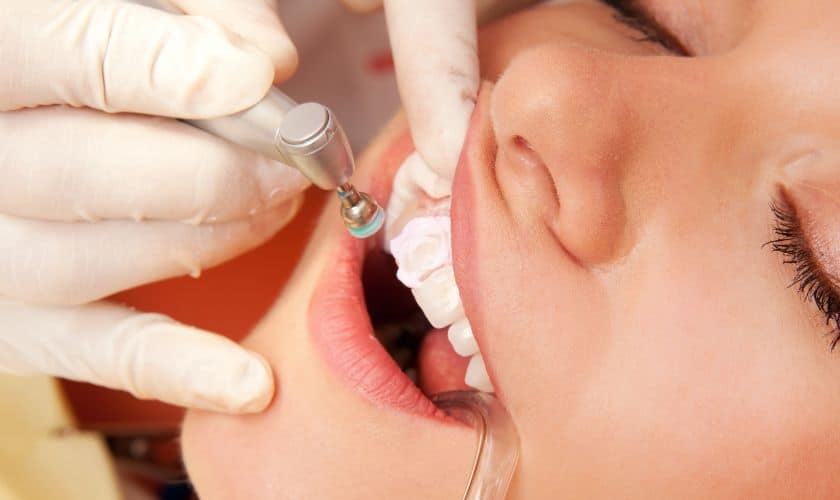Orthodontic treatment, aimed at correcting dental and jaw alignment issues, has traditionally been associated with adolescence. However, there’s growing interest and evidence supporting early orthodontic intervention, sometimes starting as young as seven years old. While early treatment can offer advantages, it’s essential to weigh both the pros and cons before deciding on orthodontic care for children. Let’s delve into the key aspects.
Pros of Early Orthodontic Treatment
- Early detection of issues:
Early orthodontic evaluations can detect potential problems such as overcrowding, bite irregularities, and jaw discrepancies before they worsen. Addressing these issues early may prevent more severe problems in the future, leading to shorter and less complex treatments later in life. - Correction of developing problems:
Certain orthodontic issues, such as protruding front teeth or crossbites, can be effectively corrected with early intervention. By guiding the growth and development of the jaws and dental arches at a young age, orthodontists can achieve more predictable and stable results. - Improved Facial Symmetry:
Early orthodontic treatment can help improve facial symmetry by guiding the growth of the jawbones and aligning the teeth properly. This not only enhances the aesthetic appearance but also promotes better overall oral health and function. - Preventive Measures:
Early orthodontic treatment may involve the use of appliances such as space maintainers or palatal expanders to create sufficient space for permanent teeth to erupt properly. These preventive measures can reduce the need for extractions or more invasive treatments later on. - Enhanced Self-Esteem:
Addressing orthodontic issues early can prevent the potential social and psychological impacts associated with dental misalignment. By improving the appearance of the smile during critical developmental stages, early treatment can boost a child’s self-esteem and confidence.
Cons of Early Orthodontic Treatment
- Extended treatment duration:
While early orthodontic treatment may address certain issues sooner, it can also prolong the overall duration of orthodontic care. Children may require a second phase of treatment during adolescence to fine-tune tooth alignment and bite relationships, leading to additional time and expense. - Compliance Challenges:
Young children undergoing orthodontic treatment may struggle with compliance, especially with removable appliances or hygiene requirements. Ensuring proper wear and maintenance of orthodontic appliances can be challenging for both children and parents. - Potential for overcorrection:
Early intervention carries the risk of overcorrecting orthodontic issues, leading to relapse or the need for further treatment in the future. Orthodontists must carefully balance the timing and intensity of treatment to achieve optimal results without compromising long-term stability. - Financial Considerations:
Early orthodontic treatment may involve multiple phases of care, which can significantly increase the overall cost of treatment compared to waiting until adolescence for comprehensive orthodontic correction. Families should consider the financial implications before committing to early intervention. - Impact on Growth and Development:
While early orthodontic treatment aims to guide facial growth and development, there is debate regarding its potential impact on natural growth patterns. Orthodontic interventions that exert excessive force or restrict natural growth may have unintended consequences for facial aesthetics and function.
Conclusion
Early orthodontic treatment offers several potential benefits, including early detection and correction of dental issues, improved facial symmetry, and preventive measures against future problems. However, it’s essential to weigh these advantages against the potential drawbacks, such as extended treatment duration, compliance challenges, and financial considerations. Ultimately, the decision for early orthodontic intervention should be based on a thorough evaluation and discussion with an experienced orthodontist, taking into account the individual needs and circumstances of each child.

